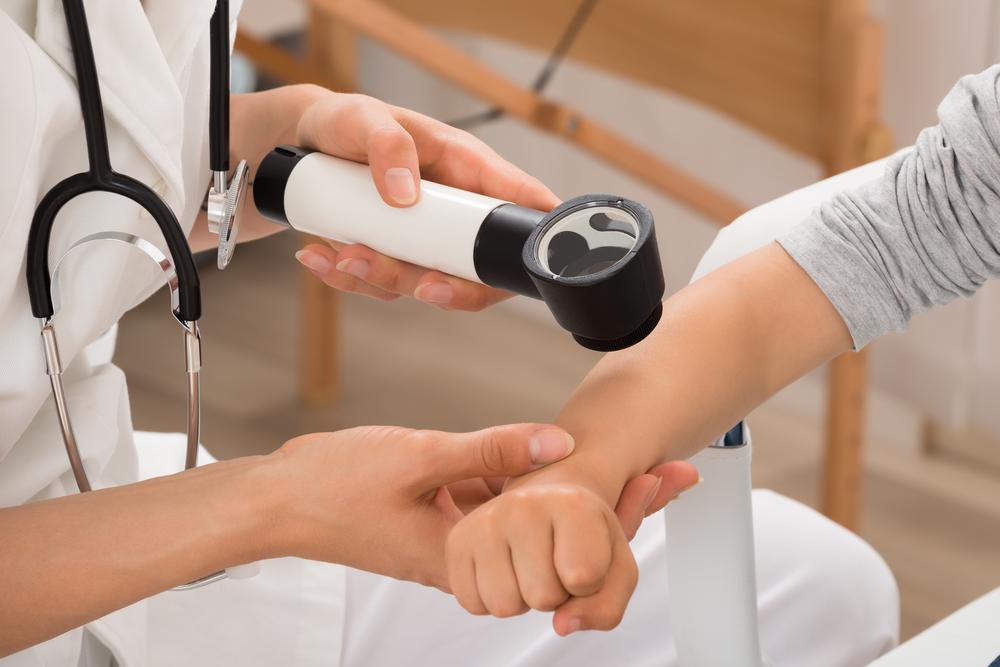
Psoriasis: different types and their symptoms
Psoriasis is a skin disorder where the appearance of the skin changes to either smaller bumps or red patches with white scales. They can affect different parts of the body; however, if they appear all over, immediate medical attention should be given. The appearances may differ based on the type of psoriasis the affected person is experiencing. It does not transmit from one person to the other; however, they might appear in the members of the same family.
Different Types of Psoriasis
The different types of Psoriasis along with their symptoms are as follows:
Plaque Psoriasis: Patients are likely to develop red inflamed skin covered with white or silvery scales. The affected areas might itch or burn. They generally appear in the scalp, elbows, lower back, and knees.
Inverse Psoriasis: The affected areas appear shiny and bright red but devoid of any scales. They appear in areas like the groin or between the folded skin around genitals and buttocks. They also appear in armpits or under the breasts. Furthermore, sweating or rubbing the infected area can worsen the condition.
Guttate Psoriasis: They appear as small pink-red spots on the scalp, the upper arms, trunk or thigh areas. It can be caused by stress, tonsillitis or any kind of skin injury.
Pustular Psoriasis: In this condition, pus-filled bumps appear on the hands and feet. However, if they appear on most of the body, accompanied by other symptoms like nausea, fever, muscle weakness, or fast heart rate, immediate medical attention should be given. Exposure to chemicals or direct ultraviolet rays, infection, or stress can contribute to the development of this disease.
Nail Psoriasis: This is more common in patients with psoriatic arthritis that affect the joints. Patients experience symptoms like tender nails or nails separated from the bed or the appearance of chalk-like material under their nails or nail discoloration.
Erythrodermic Psoriasis: This is one of the most dangerous types of psoriasis. It appears as if the skin has been burned and affects most of the body. This is accompanied by changes in body temperature and a faster heart rate. Patients experience itching or burning in the affected area. Severe sunburn or infection can cause this disease. Additionally, sudden withdrawal of systematic psoriasis treatment could also be the cause.
Psoriatic Arthritis: Patients experience symptoms of both psoriasis and arthritis. As a matter of fact, a patient suffering from psoriasis for a long time can develop this disease. Patients experience symptoms like pain in the joints which can get worse in the morning or after resting. They can also experience warm and discolored joints and swelling in the fingers and toes.
The exact cause of Psoriasis has yet not been determined. However, an overactive immune system can lead to such inflamed appearances in the skin. At this stage, psoriasis is not curable, however, with medical help, a patient suffering from it can experience temporary respite and their skin may return to its original form.


